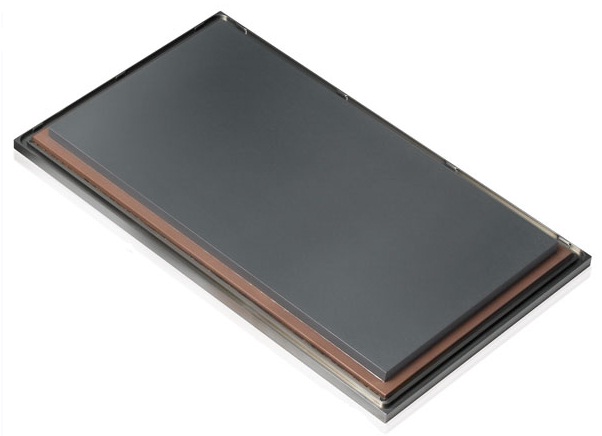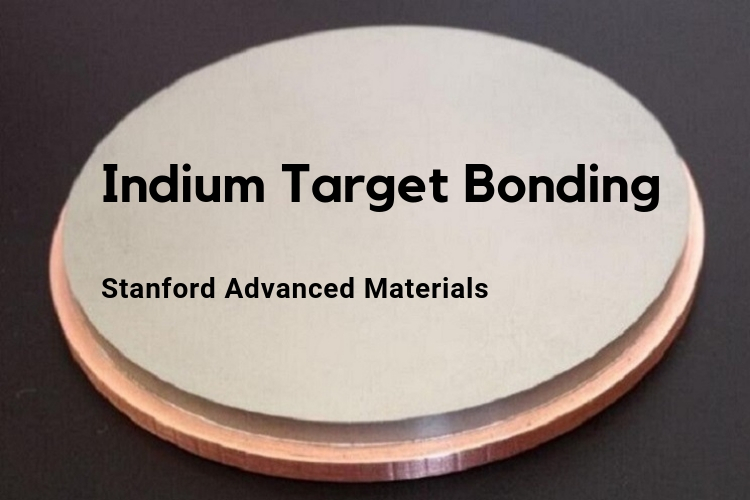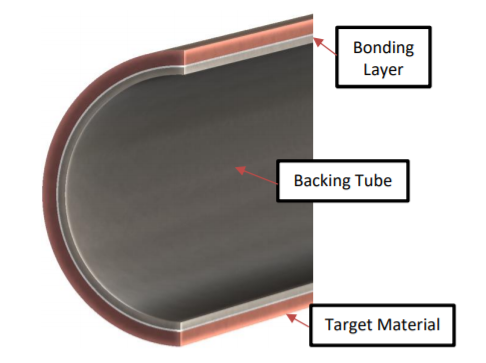Read more: What Is Indium Bonding for Sputtering Target?
The term “indium bonding” in the thin film coating industry, simply speaking, refers to bonding two (or more) sputtering targets with indium (In), or one (or more) indium plates together.
Indium
Indium can be uniquely used in lower temperature solders, is one of the softest materials. Indium is preferred for target bonding because of its excellent thermal conductivity of all available bonds. In addition, indium is the most efficient material at drawing heat away from the sputtering target. Most materials can be indium bonded and there are just a few exceptions.
Apart from indium bonding, indium is also popular for a variety of uses and purposes, such as creating alloys, photoconductors, and thermistors.
Indium bond
Sputtering targets can be cracked, warped, or damaged due to inadequate cooling, low hardness, or other reasons. From this point of view, although target bonding does generate a fee, it can well protect your target from damage. It is especially true for those less-strong target materials and precious metal materials.
Elastomer is an alternative bonding method that touts a higher temperature capability over the indium bond. Elastomer bonds are recommended when you are consistently melting indium bonds. We also recommend elastomer bonding for low melting point target materials, as well as, temperature-sensitive compounds and targets that have either low density or are especially fragile.

Indium bonding is preferred in applications where:
Cryogenic stability is needed
Sealing requires high levels of hermeticity
Maximum thermal transfer is required
Bonding to not-metallic surfaces
Flux cannot be used
Backing plates
OFHC Copper Backing Plate is another well-known backing plate. It is frequently used to bond ceramic targets because of its non-magnetism and low coefficient of thermal expansion. This metal has good electrical and thermal characteristics while also being easy to machine, easy to soften, and readily available at a low cost. Copper backing plates can be re-used, with care, 20 or more times.
A molybdenum plate is usually used to substitute copper plate if copper is not appropriate for the application. For instance, the coefficient of expansion for copper is mismatched with some ceramics. And for high-temperature bonding, copper may also oxidize badly or warp. In these conditions, molybdenum is a more suitable material.
SAM Sputter Target
If you are looking for an indium bonding manufacturer, SAM is undoubtedly your best choice. Stanford Advanced Materials is devoted to machining standard backing plates and working together with the Taiwan Bonding Company for providing bonding services. For questions about target bonding materials, methods, and services, please see our listing of frequently asked questions (FAQs).
Related blog: When do you need target bonding?



